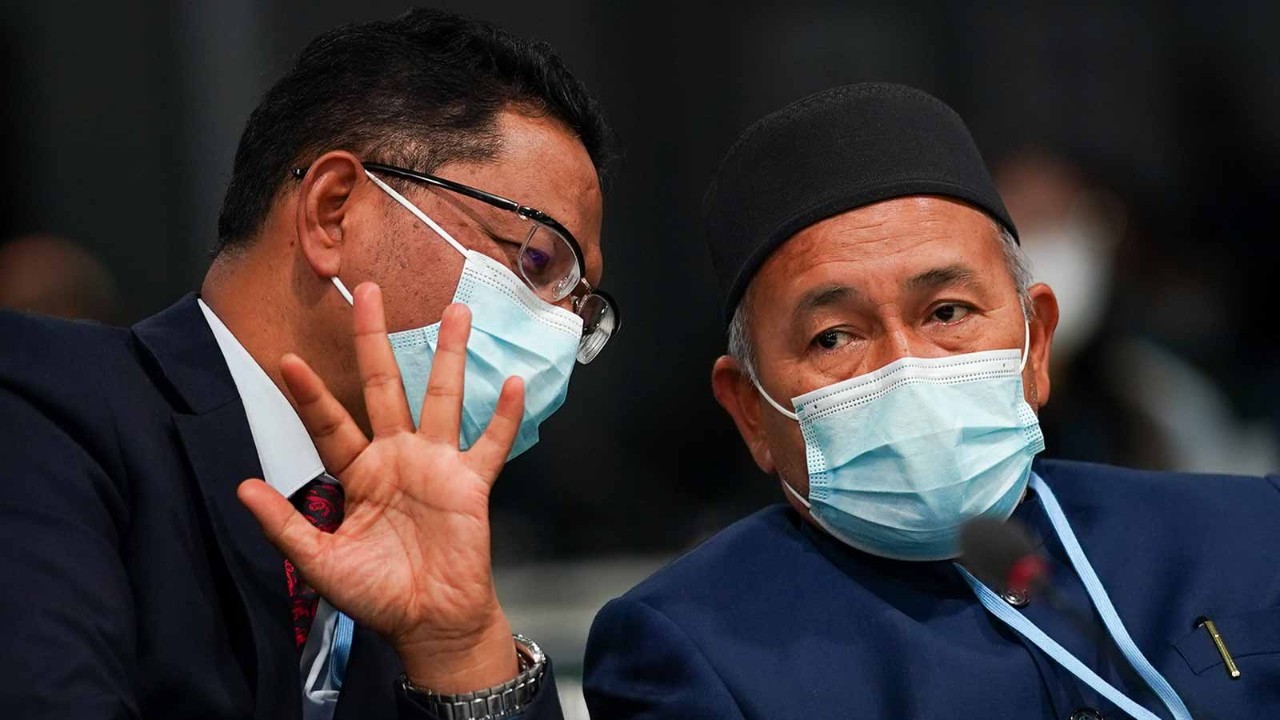
At the COP26 summit this month, government leaders took the podium to deliver statements that encapsulated their nations’ policies and plans in response to climate change. Some of the speeches were impassioned, eloquent and inspirational, providing many of the more memorable soundbites of the Glasgow conference.
Malaysia’s turn came on 10 November. Environment and water minister Dato’ Sri Tuan Ibrahim Tuan Man spent nearly four minutes laying out how the country intends to ‘build back better through green recovery’ after the Covid-19 pandemic.
Unconditional target
The primary target is to chip away at greenhouse gas (GHG) emissions intensity so that in 2030 it will be 45% lower than the level recorded in 2005.

In grappling with climate change, we could do with a touch of panic, but not the kind that makes us desperate, muddle-headed and ultimately ineffective
This is now unconditional. In 2015, the government committed to a 35% reduction and said it would aim for 45% only if it received climate finance, technology transfer and capacity building from developed countries. In addition, the updated goal covers seven GHGs compared with three previously.
Another key target is to achieve net-zero GHG emissions by 2050. But first, the country’s long-term low GHG emission development strategy must be finalised before the end of next year.
The minister then singled out eight measures that will help Malaysia hit those targets. Among the central pieces, already in place or proposed, are a carbon pricing policy, the Energy Transition Plan, the National Low Carbon Cities Masterplan, the National Adaptation Plan and the planting of 100 million trees.
He added that two of Malaysia’s largest energy companies had rolled out plans to achieve net-zero emissions by 2050. He did not name them but it is apparent that he was referring to national petroleum corporation Petronas and power utility Tenaga Nasional.
He also announced the government’s support for the Global Methane Pledge and the Glasgow Leaders’ Declaration on Forests and Land Use.
Into code red
The national statement presented at COP26 reflects Malaysia’s highest possible ambition, in the words of the Paris Agreement, in doing its part to limit the planet’s temperature increase to 1.5°C.
The sober and formal language in the national statement fits the occasion, but it does little to convey the enormity and urgency of the challenge of changing mindsets and lifestyles, which has to happen very soon in order for us to avoid passing the point of no return.
Last August, when the Intergovernmental Panel on Climate Change released an assessment of the Earth’s climate from a physical science perspective, United Nations secretary-general António Guterres famously called the report ‘a code red for humanity’.
‘The internationally agreed threshold of 1.5°C is perilously close. We are at imminent risk of hitting 1.5°C in the near term. The only way to prevent exceeding this threshold is by urgently stepping up our efforts and pursuing the most ambitious path,’ he said in a statement.
COP26 Explained, the event’s official primer, points out that many believe that the conference was ‘the world’s last best chance to get runaway climate change under control.’
Weak pulse
The summit ended with the Glasgow Climate Pact, which keeps the 1.5°C target within reach. COP26 president Alok Sharma said 1.5°C is alive but its pulse is weak. The work to turn targets into action must start now, he added.
In grappling with climate change, we could do with a touch of panic, but not the kind that makes us desperate, muddle-headed and ultimately ineffective. If we cannot be gently persuaded to make tough adjustments to secure a better future, perhaps we have to be jolted into doing so. That is still much better than hurtling towards global devastation.

